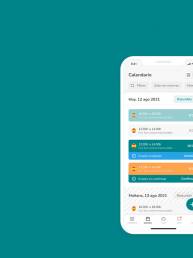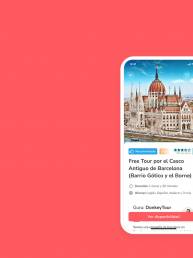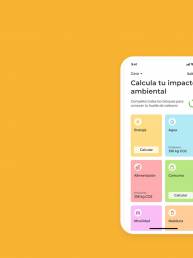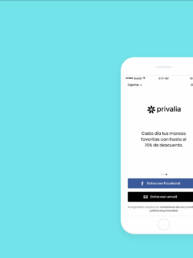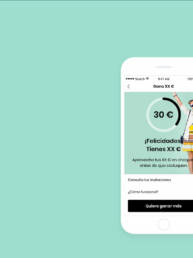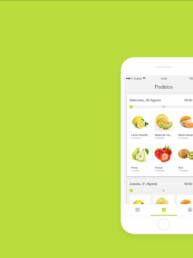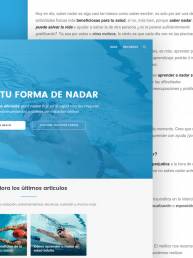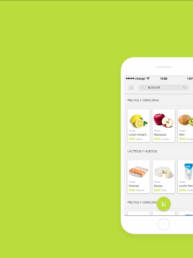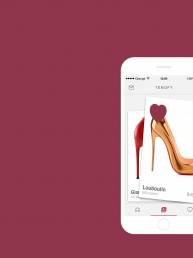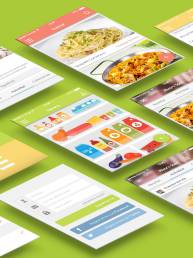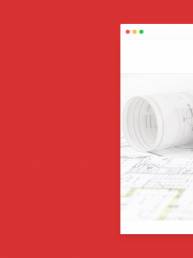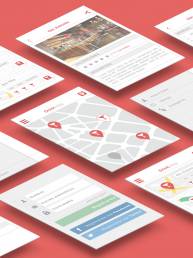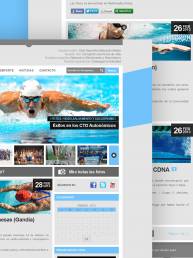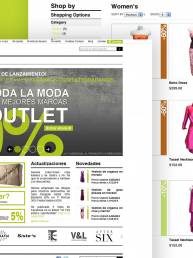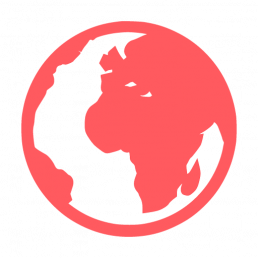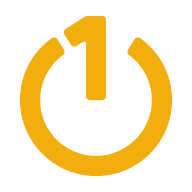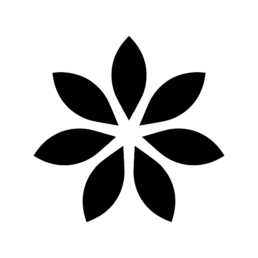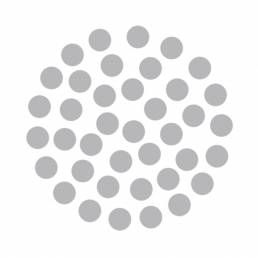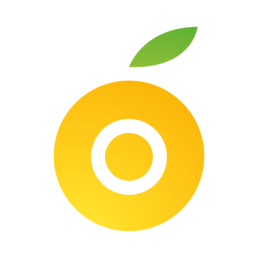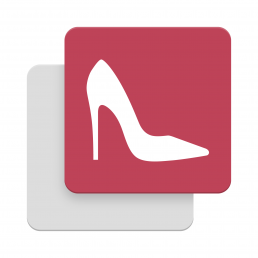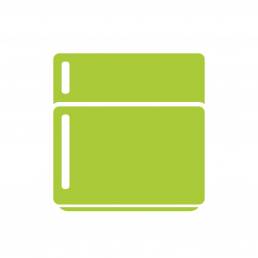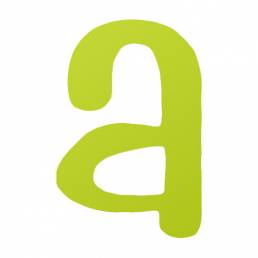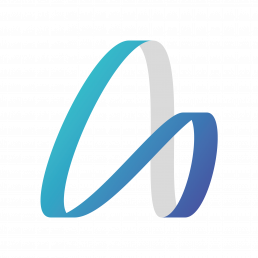About
Background
Following my passion
Design has always been my passion and hobby since my early childhood, I learned to design and code on my own out of curiosity. I studied architecture, where I developed my artistic, functional, technical and humanistic base that has had a great impact on my work.
Due to my concern and passion for the digital world, I completed my studies with a master in digital business and specialized training in mobile and web development, digital marketing and product design, among others.
At work
Turning a passion into a job
I began working with digital products at a young age, starting as a Freelancer for a select group of clients. Over time, I’ve completed 35+ projects across Graphic Design, Development, and UX/UI Design.
As a CEO & Head of Product, I have led multiple impact-driven startups, including Onerz (focused on reducing consumer emissions), Tendfy (supporting local and proximity commerce), and YourFridge (tackling household food waste). In these ventures, I implemented the Lean Startup model, overseeing teams, business strategy, growth, and partnerships.
I’ve also contributed as a Product Designer UX/UI & Growth expert for well-known companies like Guruwalk (the largest marketplace for tip-based tours worldwide), Privalia (a leading online fashion outlet), and Foods (a major online supermarket in Chile). My work with cross-functional teams focused on enhancing user experience to drive growth through conversion optimization, customer-centric design and problem-solving.
With over 10 years of experience in fast-paced and high-demand environments, I’ve held various product roles across industries such as foodtech, edtech, retailtech, cleantech, traveltech and fintech. I am passionate about working on projects that not only deliver business success but also create a positive impact on society and the environment.
In life
Making the most of my life
I love making the most of my life, enjoying everything it can offer me. I value always learning and experiencing new things and being around great people. I’m passionate about traveling (40+ countries), nature, photography and drones. I like to tell stories of my travels through the videos that I post on Youtube and Instagram.
I like sports in general. I’ve been a professional swimmer & lifesaver for 20+ years. World runner-up and European champion several times, I’ve participated in 4 world championships and 6 European championships. I was co-founder of a swimming club, created Aquademy (an online swimming academy) and published a guide to learn to swim on Amazon.
Skills
My core skills lie in the intersection of design, business, marketing and technology, which means that I’m skilled in creating digital experiences with a focus on business goals and an iterative, data-driven approach.
Professional
Personal
Method
My design process is based on the principles of Design Thinking and the Agile methodology, focused on people’s problems and needs, making emphasis on empathy, creativity and collaboration. It is iterative and feedback-driven, and includes these phases although it does not have to follow them linearly.
This phase is about deeply understanding the needs, problems and desires of the users. To achieve that, I conduct research through interviews, surveys, data analysis and observation of user behavior.
In addition, alignment with the business and product objectives is also addressed, through transversal coordination with the different stakeholders to obtain the best result.
Tools
- Observation: Interviews, surveys, participant observation, data analysis...
- Empathy map: Visualize the user's needs, emotions, thoughts and experiences.
- Journey map: Describes the user's journey through a process or service.
- Buyer persona: Semi-fictional representation of your customers based on behavior
- Customer discovery: The continuous process of researching and learning about the customer
- Problem statement: Describes the problem clearly and concisely from the user's perspective.
- Prioritization: Select the most important problems to solve.
In this phase I generate innovative and feasible ideas to solve users’ problems or meet their needs, but we should not stick with the first idea that comes to mind. Sometimes the most outlandish ideas are the ones that generate visionary solutions. Good ideas can come from anyone, so collaboration is important.
Tools
- Brainstorming: Generate a large number of ideas in a short time.
- SCAMPER: Technique to modify and improve existing ideas.
- Storytelling: Tell a story to connect with the user's emotions.
- Moodboard: Visual representation of a concept, idea, or theme to communicate ideas
- Impact Matrix: Evaluate the potential impact of solutions.
Fake it until you can make it. I transform ideas into reality to validate it with real users spending the minimum amount of time to create the closest to the real thing. Building prototypes makes ideas tangible and helps us visualize possible solutions.
The user feedback help me to identify improvements, failures or shortcomings and iterate design solutions.
Tools
- Sketches: Quick drawings to capture ideas on paper.
- Mockups: Low-fidelity prototypes to visualize the look and feel of the solution.
- Functional prototypes: High fidelity prototypes that allow testing the solution in a real environment.
- Flow diagrams: Visual representation of a process, system or flow.
- Information architecture: Structure and organize information so that it is easy to find, understand, and use.
- User testing: Observe how users interact with the prototype and collect their feedback.
- Iteration: Refine the solution based on the feedback and feedback received.
It’s time to move it to production prioritizing the delivery of value to the user as quickly as possible, documenting all specifications and requirements to facilitate
the development.
The solutions are also tested to measure the impact quantitatively and think about possible improvements.
Tools
- A/B testing: compare two or more versions of a solution to determine which one performs better based on a predefined objective.
- Heat maps: Visual representation of data where the magnitude of individual values within a dataset is indicated by color.
- Shadowing: Observing and learning from a more experienced professional in their daily work environment.
- Iteration: Refine the solution based on the feedback and data collected.
Mentions
Awards
- 2021 Best Traveltech / Tourism Startup @GuruWalk / VLC Startup Awards
- 2020 Top 14 Best Innovative Projects to contribute to economic and social recovery from Covid-19 with @Onerz / Energia+
- 2016 Finalist II Startup Battle BBVA with @Tendfy / BBVA
- 2014 1st Price Startup Weekend Valencia with @DrinkWay / Startup Weekend
- 2014 2nd Price Startup Weekend Valencia with @YourFridge / Startup Weekend
- 2013 Top 5 Best Final Architectural Career Project with @Molidelspasiego / Polytechnic University of Valencia
Interviews
- 2020 Radio interview in Plaza Radio with @Onerz / Plaza Radio
- 2020 Out in digital journal Emprendedores with @Onerz / Emprendedores
- 2020 Out in digital journal EFE with @Onerz / EFE
- 2016 Out in digital journal Theappdate.es with @Tendfy / The App Date
- 2016 Out in digital journal Eleconomista.es with @Tendfy / El Economista
- 2016 Radio inverview in Libresfera.com @Tendfy / Libresfera
- 2016 Interview in digital journal Impulsandopymesdigital.com with @Tendfy / Impulsando Pymes
